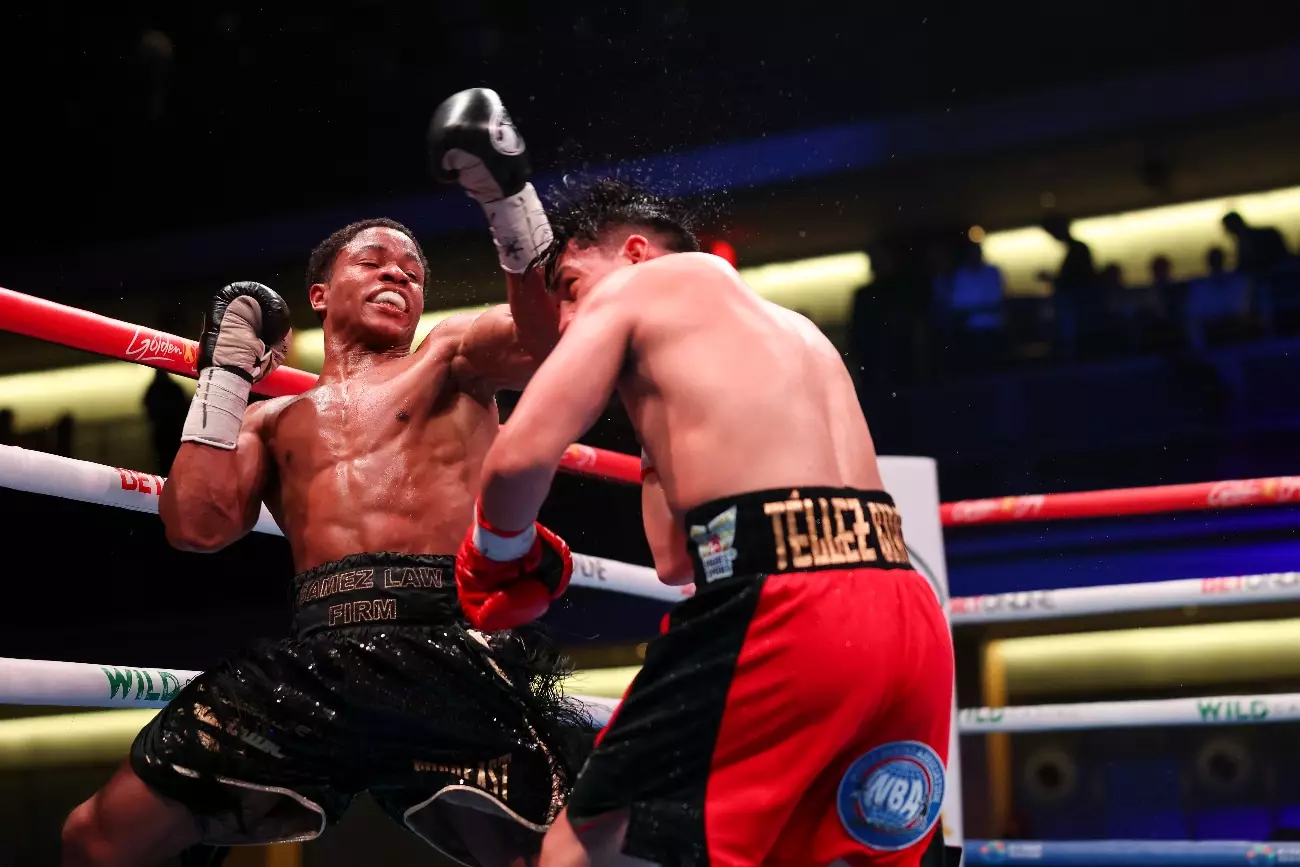As the boxing world eagerly anticipates the bout between WBC lightweight champion Shakur Stevenson and the rising contender Floyd “Kid Austin” Schofield on February 22nd in Riyadh, opinions are heavily leaning towards Stevenson’s dominance. Abdullah Mason, a fellow fighter and observer of the sport, has expressed strong sentiments about Schofield’s chances against the undefeated champion. Despite Schofield’s purported potential, many experts, including Mason, are skeptical about his ability to contend effectively with Stevenson, who boasts a flawless record of 22 wins (10 by knockout).
Mason’s analysis captures the essence of the matchup: experience plays a pivotal role in boxing. At only 22 years of age and with an impressive yet still developing record of 18 wins (12 by knockout), Schofield finds himself in a precarious position. He simply lacks the necessary exposure to high-caliber opponents, a gap that may prove insurmountable when facing someone of Stevenson’s caliber. This raises questions about the integrity of matchmaking in boxing and whether it serves the sport or merely the commercial interests tied to big events.
Stevenson’s boxing style is characterized by finesse and tactical prowess, making him a nightmare for unseasoned opponents. He has shown the ability to adapt and control the pace of a fight, often leaving his adversaries scrambling to keep up. Mason’s commentary reflects the belief that not only will Stevenson have an upper hand in technical skills, but he will also dictate the fight from the opening bell.
One critical aspect Mason highlights is Stevenson’s performance against Eduardo De Los Santos. The fight was a narrow decision, which exposed certain vulnerabilities in Stevenson’s game. Notably, it cast doubts regarding his effectiveness against powerful opponents. Nonetheless, many agree that the risks associated with facing someone like Schofield, who lacks not just experience but proven power against elite rivals, make this matchup seem like a carefully chosen affair for Stevenson, especially when preparing for future high-stakes fights, such as a potential clash with WBA champion Gervonta Davis.
Floyd Schofield’s rise in boxing has garnered him a fair amount of attention, but much of it appears to stem from social media buzz rather than substantial accomplishments in the ring. In light of this, Mason questions the decision-making behind this fight. Schofield’s last performance against Rene Tellez Giron raised eyebrows and arguably highlighted gaps in his readiness for championship-level competition. This leads to an underlying concern: is Schofield being used as a stepping stone?
The selection of Schofield as Stevenson’s opponent is surprising, especially given the breadth of more competent fighters who could have provided a better challenge. Critics argue that this matchup appears engineered for promoting Stevenson rather than nurturing the competitive spirit of the sport. Furthermore, the lack of active promotion by Schofield since securing the fight can also be perceived as a flagrant disregard for the stakes involved, raising questions about his readiness for the spotlight that comes with a championship bout.
The fight between Shakur Stevenson and Floyd Schofield shapes up as not just an event but also a reflection of boxing’s current environment, where promotional strategies can sometimes overshadow genuine competition. Mason’s insights serve as a cautioning note against unrealistic expectations for Schofield, who is clearly facing a daunting challenge. The boxing community will undoubtedly be watching this fight closely, not only for the outcome but also for the implications it holds for both fighters’ careers.
While anything can happen in boxing, the consensus appears to be that Stevenson, with his superior experience and skill set, is all but guaranteed to dictate the terms of their engagement. As fans look forward to witnessing this pivotal clash, the conversations about the need for more balanced matchups may continue to echo long after the final bell tolls on February 22nd.


Leave a Reply